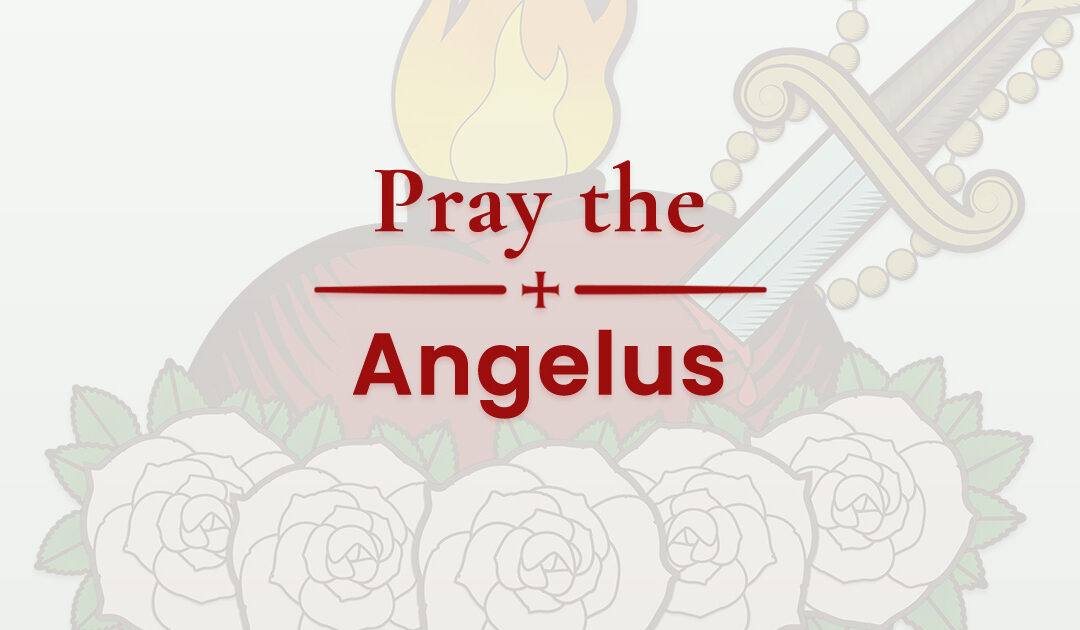Recently, I asked Google’s experimental Bard AI program to create a blog post about the Hail Mary. Put simply, Bard and other next gen AI tools are built to analyze large sets of data so that you can interact with the information conversationally.
To my great surprise, Bard presented a detailed and nuanced article. Here’s what Bard AI had to say about the Hail Mary:
The Hail Mary is a powerful prayer that has been prayed by Catholics for centuries. It is a prayer of praise, petition, and hope. The prayer is addressed to the Blessed Virgin Mary, and it asks for her intercession with her Son, Jesus Christ.
The Hail Mary is made up of three parts: the salutation, the narrative, and the petition. The salutation is a greeting to Mary, and it calls her “full of grace” and “the Mother of God.” The narrative tells the story of the Annunciation, when the angel Gabriel appeared to Mary and told her that she would conceive and bear the Son of God. The petition asks Mary to pray for us sinners, now and at the hour of our death.
The Hail Mary is a beautiful and meaningful prayer that can be prayed at any time. It is a prayer that can bring us comfort, peace, and hope.
Here is a more detailed explanation of each part of the Hail Mary:
- Salutation: The salutation is a greeting to Mary, and it calls her “full of grace” and “the Mother of God.” The words “full of grace” come from the angel Gabriel’s greeting to Mary in the Gospel of Luke. The words “Mother of God” come from the Catholic belief that Mary is the mother of Jesus Christ, who is both God and man.
- Narrative: The narrative tells the story of the Annunciation, when the angel Gabriel appeared to Mary and told her that she would conceive and bear the Son of God. The Annunciation is a central event in the history of salvation, and it is a reminder of God’s love for us and his willingness to send his Son to redeem us.
- Petition: The petition asks Mary to pray for us sinners, now and at the hour of our death. The words “now and at the hour of our death” come from the Catholic belief that Mary is our advocate and intercessor before God. We can always trust in Mary’s prayers, and we can always ask her to help us in our time of need.
The Hail Mary is a powerful prayer that can bring us many blessings. It is a prayer that we can pray at any time, and it is a prayer that we can always trust in.
Where Did the AI Get Its Information?
As I mentioned earlier, Bard AI does generate it’s information from thin air. It processes information from all over the Internet, so it’s essential to understand what info is used to generate its answer.
After all, as followers of Christ, the truth matters to us, so we want factual info. We also want to see where bias may have affected the answer.
So as a follow up, I also asked Bard to cite its sources. Here’s its response:
I got the information for this post from a variety of sources, including:
- The Catholic Encyclopedia
- The Catechism of the Catholic Church
- The New Advent Catholic Encyclopedia
- The Hail Mary prayer website
I also used my own knowledge of the Catholic faith to write this post.









